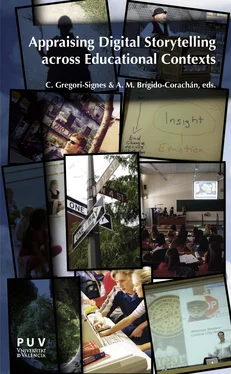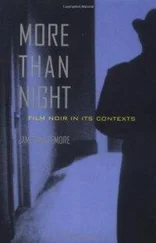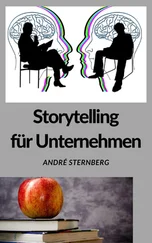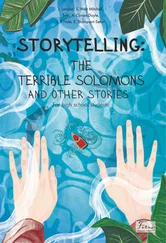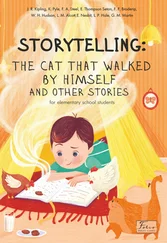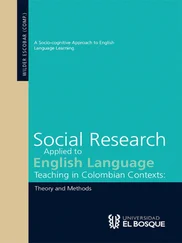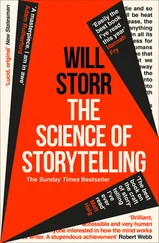ALISON ROOKEis a lecturer in the Sociology department and CoDirector of the Centre for Urban and Community Research, (CUCR), a well-established interdisciplinary research centre within Goldsmiths’ Department of Sociology (UK). At CUCR Alison works in partnership with a range of arts organisations and cultural and educational institutions and a range of partners at a national, European and international level.
SONER YILDIRIMis a professor of instructional technology at the Middle East Technical University in Ankara, Turkey. He received his M.A. in educational systems development from Michigan State University in 1993, and his PhD in instructional technology from the University of Southern California in 1997. His current research interests include pre and in-service teachers’ technology integration, learning objects, social media use in education and digital storytelling in education.
PELIN YUKSEL ARSLANis a professor of instructional technology at Inonu University in Malatya, Turkey. She received her PhD in instructional technology from Middle East Technical University in 2011. Her research interests include digital storytelling, teacher education, technology integration in K-12 settings, qualitative research methods, and phenomenological research methods.
CONTENTS
Notes on Contributors
1Digital storytelling and its expansion across educational contexts
Anna M. Brígido-Corachán and Carmen Gregori-Signes
2Digital storytelling at a crossroads. Historical context for an ever-emerging genre
Joe Lambert
3Personal storytelling in the digital society
José Luis Rodríguez-Illera
4Atomisation of data versus storytelling. Renouncing the narrative voice in digital newspapers
Dolors Palau Sampio
5Using digital storytelling to create educational projects for diverse web audiences
Bernard Robin and Sara McNeil
6Towards the digital storytelling university
Grete Jamissen and Kristin Holte Haug
7Sharing the experience of creating a digital story: an inquiry into the knowledge community of digital storytellers and its educational implications
Anh Nguyen and Bernard Robin
8Empowering learners with digital news stories: an exploratory study of a college Spanish course
Lina Lee
9Digital storytelling beyond the ESL classroom
Margarita Ramírez Loya
10Exploring the collaborative learning possibilities in the use of digital storytelling in higher education
Irena Maureen
11Digital storytelling activities in a kindergarten
Pelin Yuksel, Bernard Robin and Soner Yildirim
12Extending creative practice
Mark Dunford and Alison Rooke
1
Digital storytelling and its expansion across educational contexts
ANNA M. BRÍGIDO-CORACHÁN AND CARMEN GREGORI-SIGNES
Universitat de València - IULMA
Abstract
This chapter briefly examines the history of digital storytelling as a genre and the place that educational digital storytelling holds within it as an empowering pedagogical practice that both students and teachers can strongly benefit from. By highlighting some of the theoretical frameworks and key findings that are explored in the accompanying chapters, we hope to further understand the potential advantages and challenges that implementing digital storytelling practices across a variety of educational contexts may bring to all practitioners and users.
Keywords : digital storytelling, education, learning styles, digital natives.
1 Introduction: origins of digital storytelling as a genre
We imagine, experience, and endlessly recreate the world through stories. Storytelling is and has always been at the “core of human activity” (Lambert 2002: 19) and all individuals and societies have explored old and new ways to make such stories compelling, moving, empowering, and everlasting. One of the most recent manifestations of this narrative drive is Digital Storytelling, which started in the 1990s in the Centre for Digital Storytelling (CDS) in California. The novelty at the time was that the advances in technology would facilitate the work that the CDS had been doing until then, that is, help people tell their own story. The Center’s motto was, in fact, “everyone has a story to tell”. Now, digitalization would make the process more attractive and more challenging.
Following authors such as Barrett (2004), Lambert (2010), and Robin (2011), we can define digital stories as short narratives (between 2-5 minutes) that combine traditional modes of story narration with other multimedia tools, such as drawings and graphics, audio material, video extracts, animation and online publication –with one of its most noteworthy characteristics being that the author narrates the story with his/her own voice (cf. Barrett 2006).
The impact of digital storytelling (DS) all over the world cannot be disputed (cf. Harvey and Williams 2009). Although it has been implemented in several fields (history, health and medicine, social services, or culture and the arts), its strongest contribution has been in education, where DS activities have received a warm welcome on the part of both students and teachers (Alcantud-Díaz and GregoriSignes 2013). The implementation of digital storytelling in all educational levels from kidergarten to university and also in continuing education programmes and in non-institutional, social-oriented workshops has brought many advantages to the classroom and has played a key role in the development and strengthening of motivation, confidence, digital literacies, cognitive engagement, creativity, research and information handling, organization management, critical thinking, writing skills, and collaborative learning, among others (Barrett 2006, Robin 2006, Dogan and Robin 2008, Bou 2013, Brígido-Corachán 2013, Alcantud-Díaz et al. 2014, Gregori-Signes 2014). Tellingly, students born between 1980 and 2000 are already being referred to as digital natives, Millenials , the Net Generation, or Generation 2.0. The learning styles and social practices of this digital generation differ from those of other age groups and include an ability to multitask, heightened technological expertise, a preference for networked interactions, and for image and audio-based formats over textual platforms (Mason and Rennie 2008: 24-5). Such students build on these multi-literacy skills and also gain an awareness of social diversity, increase their self-confidence, and develop collective reflection through the process of creating digital stories (Brígido-Corachán 2013, cf. Lee, Nguyen and Robin, Yuksel et. al. and also Ramírez Loya in this volume).
As Lambert points out, “if children remember the stories of their own learning process and can readily apply their unique sets of strengths and intelligences, they will develop their own strategies for learning” (Lambert 2002: 99). Thus, because the late nineties and the early two thousands were and still are the era in which technology is paramount, DS has become a perfect bridge between both traditional and new ways of perceiving the transmission of stories (Gregori-Signes 2008).
2 Theoretical frameworks and pedagogical settings of digital storytelling
This volume brings together a selection of articles that explore the implementation of digital storytelling across the curriculum in different educational fields and levels, from kindergarten to higher education. Together with a primary focus on pedagogy, storytelling, and technology, these articles share a common methodological drive, since they all scientifically appraise the successes and failures of digital storytelling in educational settings. That is, these articles are not mere descriptions of classroom experiences or case-studies but deploy a variety of measuring instruments and objective data to show how digital storytelling practices are a strong asset to the 21 stcentury classroom.
Читать дальше
